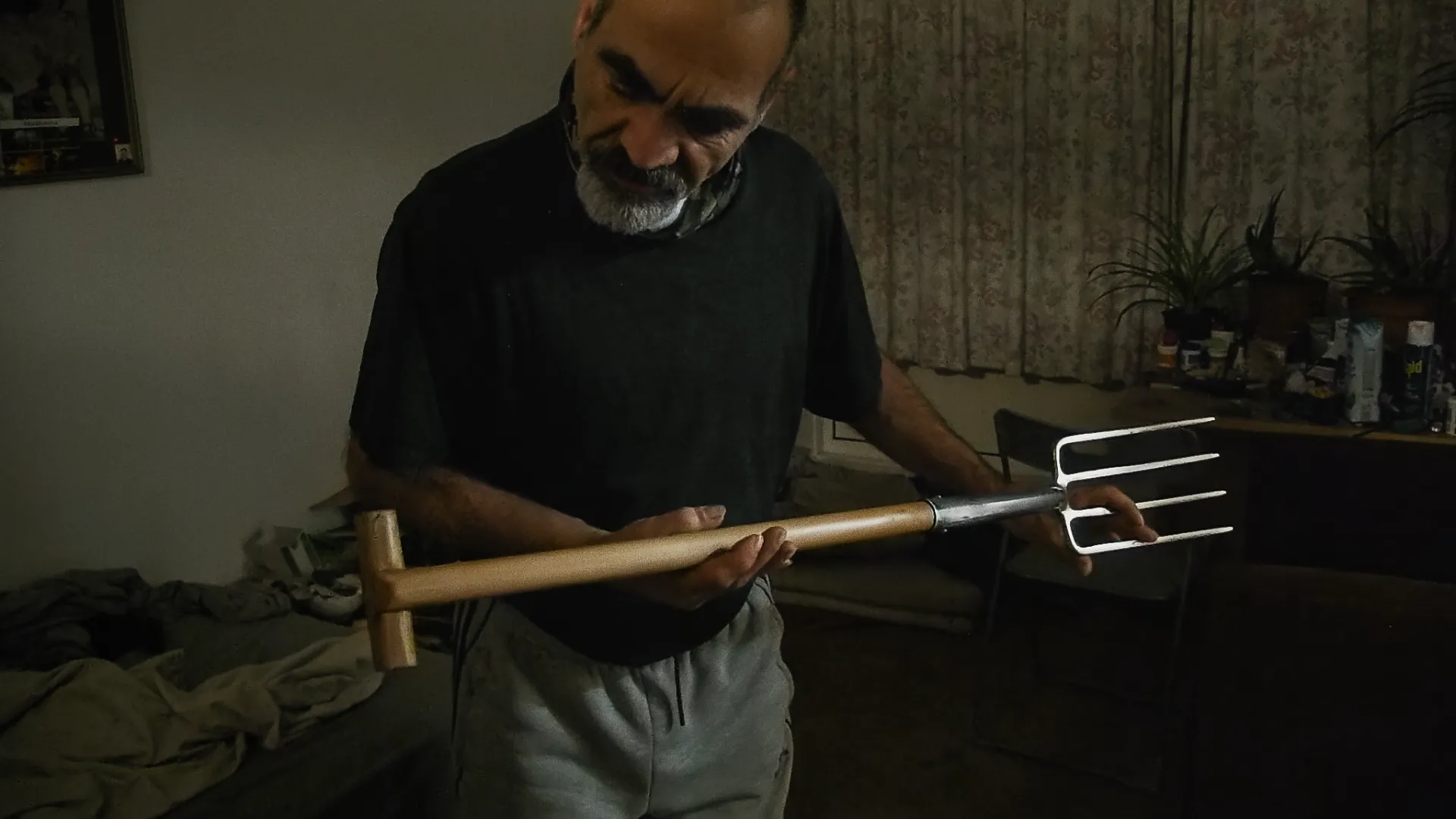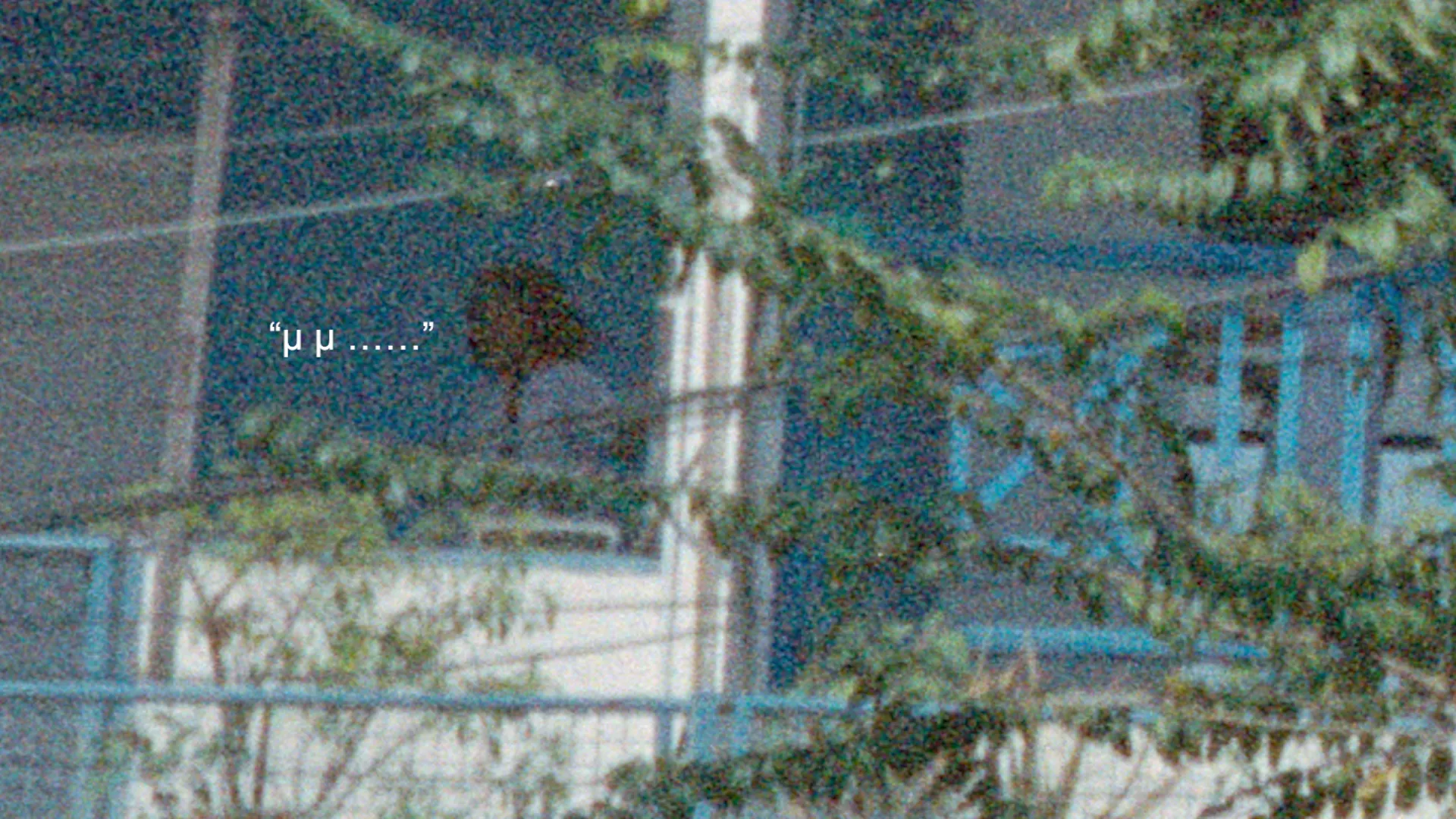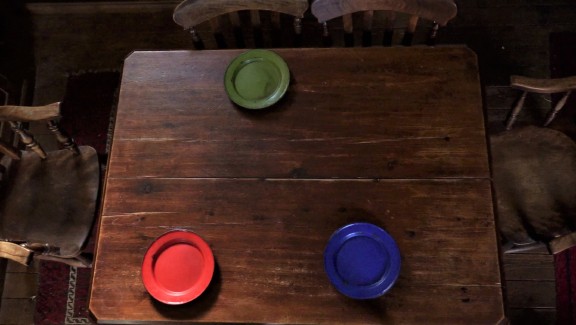Plates
Synopsis
PLATES juxtaposes audiovisual recording of material objects with narrative interpretations of their past context. Each plate manifests an individual sound, colour, and damage. Evoking interpretations of childhood identity.
Details
- Year
- 2018
- Type of project
- Shorts
- Running time
- 10 min 9 sec
- Format
- Digital
- Director
-
Sarah Harbridge
- Principal cast
- Margaret Harbridge
Genre
Categories
Production Status
Production Company
Sarah Harbridge
51 Vale StreetDudley
DY3 3XF
Page updates
This page was last updated on 12th May 2025. Please let us know if we need to make any amendments or request edit access by clicking below.
See also
You may also be interested in other relevant projects in the database.
 All These Summers
All These Summers
Director: Therese Henningsen
Year: 2025
Driven by a recurring urge to encounter strangers with her camera, the filmmaker begins to film her solitary Greek Cypriot neighbour Pete in the tower block in London where they both live. Around the same time, her father in Denmark receives a cancer diagnosis requiring her to spend more time with him. As her father gradually slips back into the depression that made him absent when she was a teenager, she feels a need to document this transition. Her compulsion to enter into Pete’s life and to film him echoes with her desire for understanding her father’s experience of isolation and loneliness, as well as her own relationship to it. ALL THESE SUMMERS asks questions about responsibility in life and in film whilst intimately confronting the complexities of the daughter-father and filmmaker-subject relationship. Official Selection CPH DOX 2025
 Elegy for the Lost
Elegy for the Lost
Director: William Hong-xiao Wei
Year: 2025
Through the psychoanalytic and introspective voiceover of a young post-pandemic Chinese migrant in Europe, the film interweaves her private memories of intimacy with public narratives of resistance. As her reflections unfold, she and her community navigate secrecy, repression, survival, looming precarity, and displacement, all while confronting the personal cost of existing in a world that demands their silence.
 How to Be a Ghost in Bangkok?
How to Be a Ghost in Bangkok?
Director: Jing Zhao
Year: 2025
After being ghosted by a romantic partner during a trip to Bangkok, the artist situates a contemporary act within a timeless Southeast Asian ghost cultural gesture, transforming personal heartbreak into a surreal exploration of ghosthood while reimagining its embodiment through ten playful yet haunting guidelines. Shifting between satire and introspection, the film contemplates the fragility of relationships and the futility and opacity of communication in the hyper-connected digital age.
